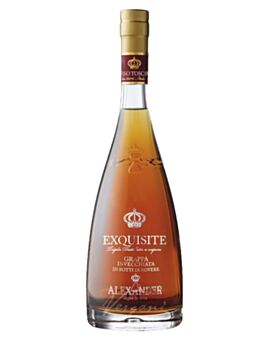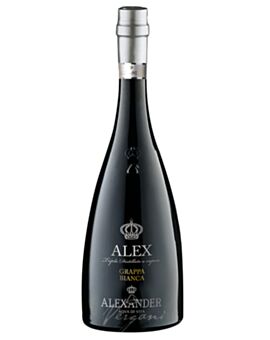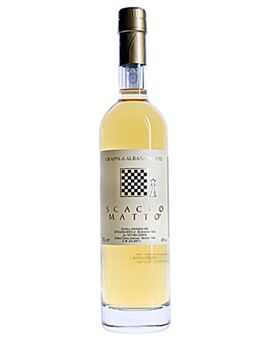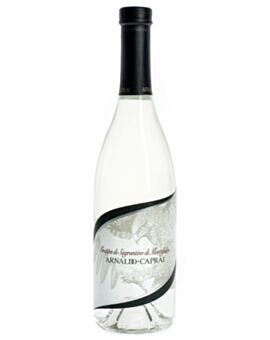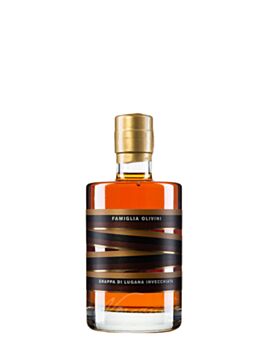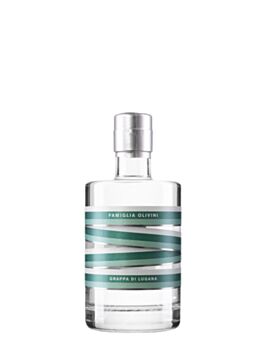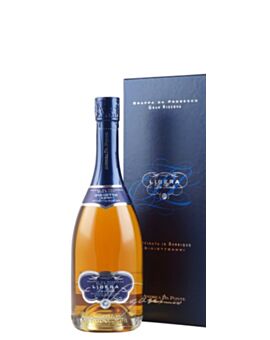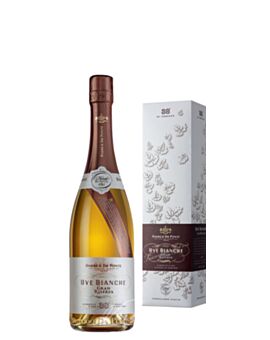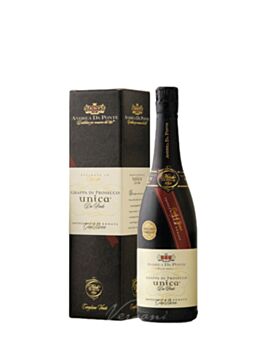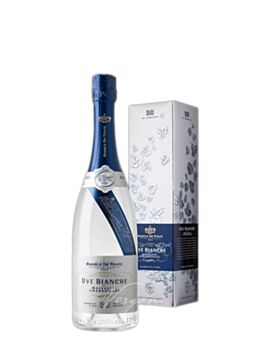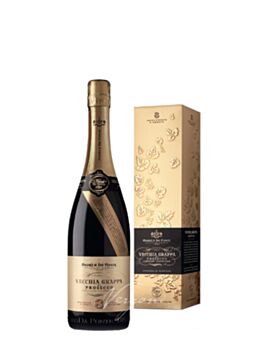Grappa

Grappa
As the first Grapperia in Switzerland, we offer you the largest selection of well-known as well as unknown, up-and-coming distillers. You can taste a variety of grappas at any time. We are happy to share our passion with you.

Fascination Grappa
In Italian, the word grappa, which is derived from "graspo," means grape. In our latitudes, however, we immediately think of the grape marc brandy with 40 to 50 percent alcohol by volume, which is produced mainly in northern Italy. In France, we would call it Marc. Grappa is usually drunk young, as it has an exceptionally rich aroma as soon as it is produced. Its production involves several processing steps, which may include aging in wooden barrels. Grappa is the distillate of Italy and more and more savvy grappa poduzenten, particularly attached to tradition, offer limited editions of a top grappa. This grappa matures in small barrels, some of which hold just 27 liters. The types of wood of these barrels vary. Pear, apple, almond, cherry, mulberry or juniper. All these types of wood lead to an incredible complexity of flavors when aged. With an ideal combination of distillate volume and wood surface, a fabulous aroma spectrum is created. During attentive tasting, new nuances of taste can be discovered again and again, which go beyond the well-known velvety, round and at the same time tart taste of grappa. Of course, the duration of aging in the barrels and the climatic conditions also have a decisive influence on the distillate.
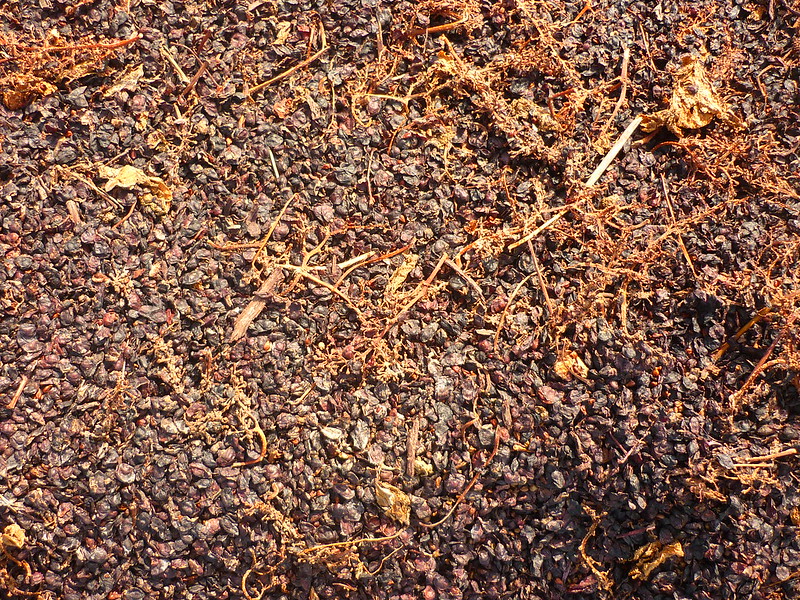
How is grappa classified?
The diversity of Italian grape varieties and the inventiveness of mankind in the almost 1,000 years in which pomace brandies have been produced have led to a huge variety of grappa varieties. Anag, the association of grappa and spirits tasters, has dared to attempt a uniform classification. The professional association divides spirits made from grape marc into the following categories:
- Young grappa: grape varieties with a neutral taste, natural bouquet, no storage in wooden barrels or addition of herbal essences.
- Young aromatic grappa: similar to young grappa, but made from aromatic grape varieties.
- Grappa aged in wooden barrels: short aging in wooden barrels leads to particularly characteristic organoleptic properties. Duration of aging, however, too short to be considered old grappa.
- Aromatic grappa aged in wooden barrels: similar to grappa aged in wooden barrels, but made from aromatic grape varieties.
- Old grappa: aged for at least six months in wooden barrels, followed by six months of airtight storage; entitled to the additional designations invecchiata, stravecchia and riserva.
- Old, aromatic grappa: similar to the old grappa, but made from aromatic grape varieties.
- Flavored grappa: addition of herbs or parts of plants or essences derived from them; fundamental change in the aroma profile.

What is the ideal way to enjoy grappa?
The variety of different grappas allows connoisseurs to make a differentiated choice: A light, fruity grappa after a business meal; a strong, older, more substantial grappa to relax with after a big family meal; a grappa flavored with herbs to aid digestion. Temperature also significantly influences the intensity of enjoyment. This refers to both the storage temperature and the serving temperature. Ideally, it should be between 18 and 22 degrees. A light, straight and slightly brandy-like grappa may be served at just under 18 degrees, while more aromatic distillates may be served at slightly above 20 degrees. This allows the more complex flavor structures of an aromatic, dark grappa to develop better. When it comes to storage, almost the same rules apply as for wine: dark and at a constant temperature, in an upright position.
Our grappa producers
ALEXANDER
ANDREA DA PONTE
BERTA
DI MEO
GAJA
L'ANIMA DI VERGANI
MASCHIO
NARDINI
POLI JACOPO
VILLA DE VARDA
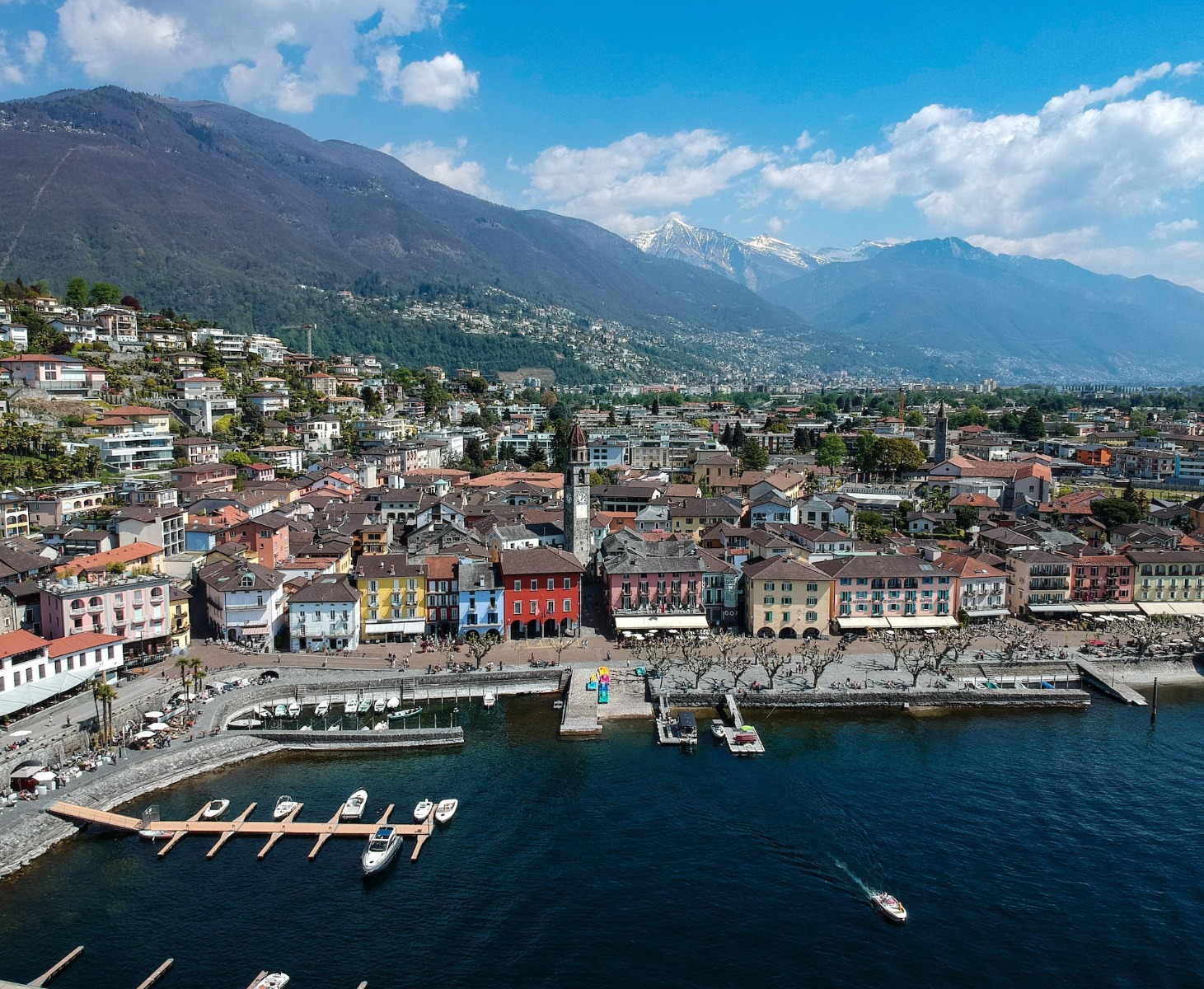
More grappa?
Grappa - or rather Berta? You can find the article on our blog.
Grappa Tra Noi by Berta Limited Grappa, which was matured in Swiss wooden barrels

